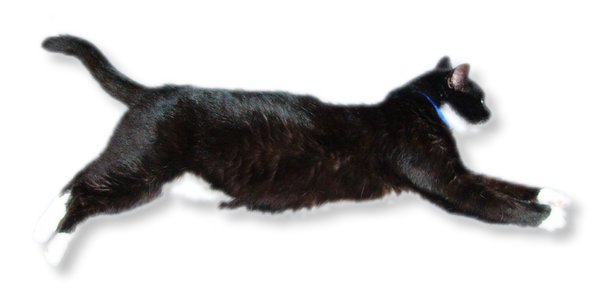The Function of Cat Litter in Preventing Litter Box Aversion
The Function of Cat Litter in Preventing Litter Box Aversion
Blog Article

Cat litter and litter boxes play an essential role in the lives of both cats and their owners. From the modest starts of sand and soil to the innovative developments these days, the world of cat litter has actually progressed significantly. In this comprehensive guide, we explore every aspect of cat litter and litter boxes, exploring their history, types, benefits, difficulties, and whatever in between.
The history of cat litter go back centuries, with ancient civilizations utilizing sand, soil, and even ashes as primitive litter products. Nevertheless, it wasn't till the mid-20th century that modern-day cat litter as we understand it emerged. In 1947, Edward Lowe presented the world's very first business cat litter made from absorbent clay, revolutionizing the method felines relieved themselves inside. Given that then, cat litter has actually gone through various changes, with the introduction of clumping litter, silica gel litter, naturally degradable choices, and more.
Today, cat owners are spoiled for option when it pertains to picking the ideal litter for their feline buddies. Conventional clay litter remains popular for its affordability and efficiency in soaking up smells. Clumping litter, which forms solid clumps when wet, simplifies cleaning and upkeep. Silica gel litter, made up of highly absorbent silica crystals, offers remarkable smell control and longevity. Naturally degradable options, such as recycled paper, wood pellets, corn, and wheat, interest ecologically conscious consumers.
Each kind of cat litter provides distinct benefits. Clay litter masters its ability to soak up wetness and control odors, making it a reputable choice for many feline owners. Clumping litter simplifies daily scooping and extends the time in between total litter changes. Silica gel litter supplies remarkable odor control and can last longer in between replacements. Naturally degradable litters offer a sustainable alternative that minimizes ecological impact.
While cat litter enhances indoor feline health, it is not without its difficulties. Dust from clay litter can pose breathing risks for both felines and people, prompting the appeal of dust-free alternatives. Some felines may develop litter box hostility due to Wood Cat Litter issues with texture, aroma, or cleanliness, demanding experimentation with various litters and box setups. Multi-cat households might need strategic litter box positioning and frequent upkeep to prevent territorial conflicts and make sure all cats have access to tidy facilities.
Picking the appropriate litter box is cat litter scoop necessary for promoting positive litter box routines and general feline well-being. Elements to think about include size, availability, and design choices. Covered litter boxes provide personal privacy and help include smells, but some cats may discover them confining or daunting. Open-top litter boxes use easy gain access to and visibility but might result in more litter scatter. Automatic self-cleaning litter boxes enhance maintenance however require routine tracking and upkeep.
Appropriate litter box upkeep is vital for ensuring a clean and welcoming environment for both cats and their owners. Daily scooping eliminates waste promptly, lessening smell and discouraging litter box aversion. Routine litter replacement, typically every 1-2 weeks, prevents bacterial accumulation and keeps optimal absorbency. Comprehensive cleansing with moderate detergent and water, avoiding severe chemicals that may discourage felines from utilizing the box, need to be carried out monthly.
Cat litter and litter boxes play a central role in fostering a healthy and harmonious relationship between felines and their human buddies. With a varied array of litter choices and litter box designs readily available, cat owners have the flexibility to customize their options to match their felines' preferences and household needs. By understanding the development, types, advantages, and obstacles of cat litter and cat litter pellets litter boxes, pet owners can offer their feline friends with a comfortable and hygienic indoor environment.